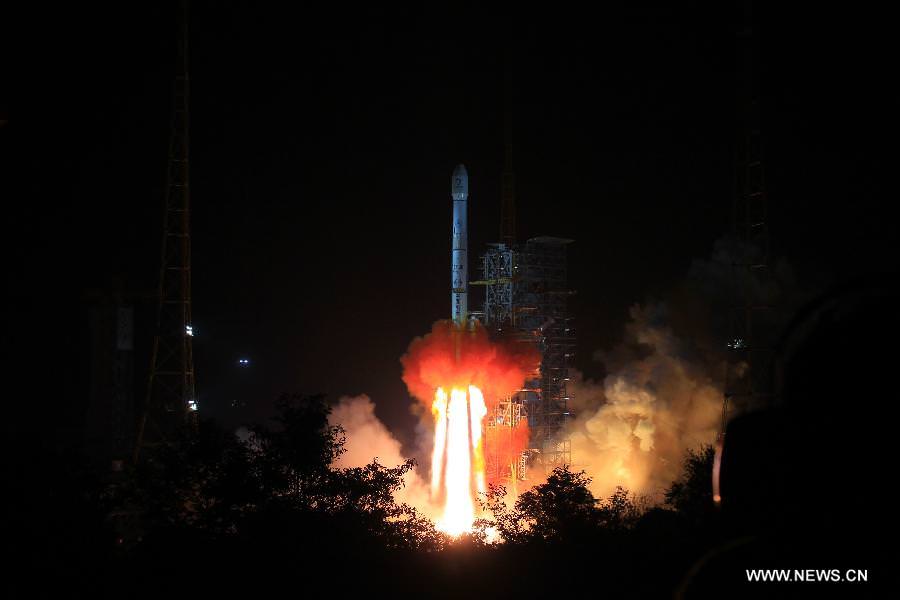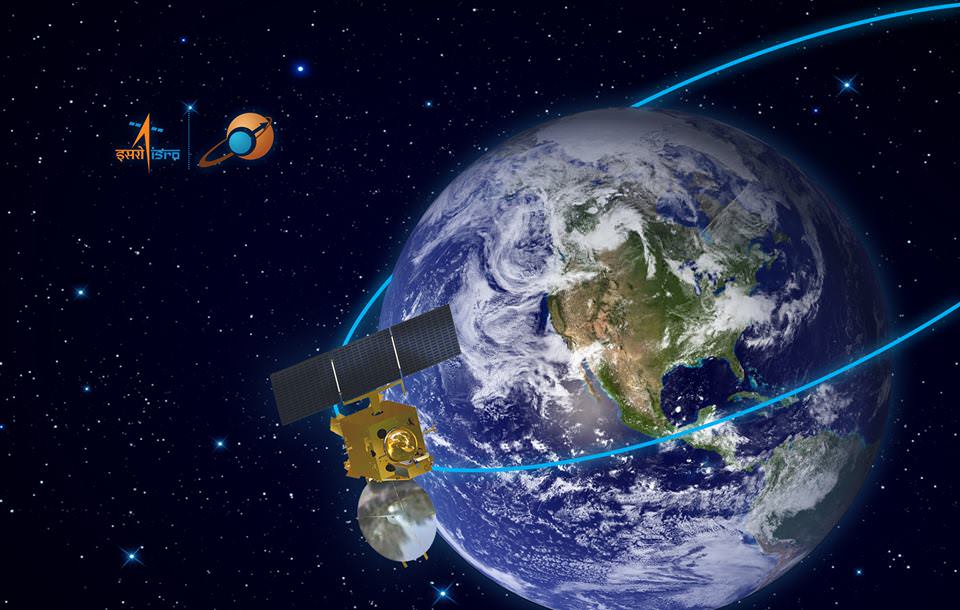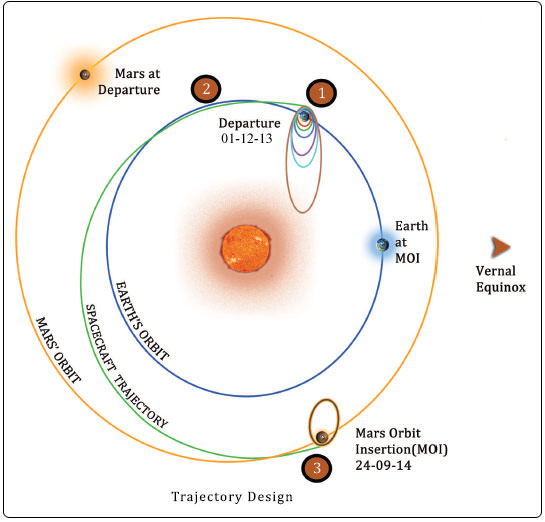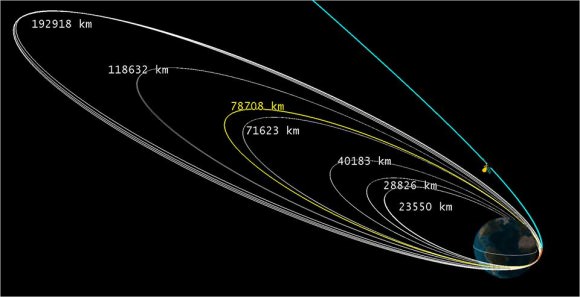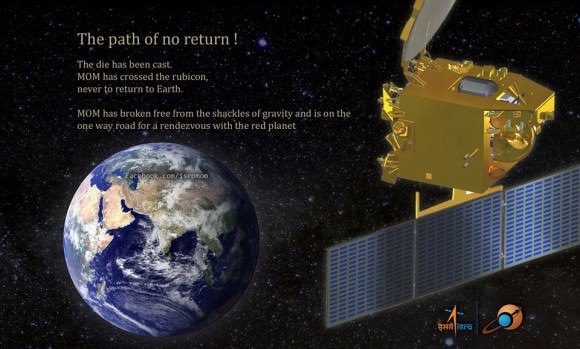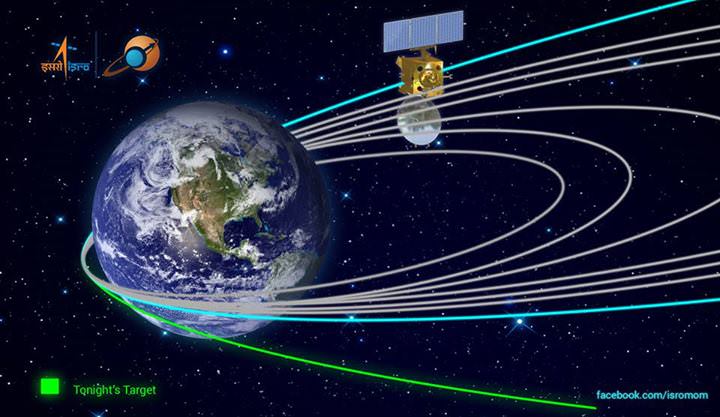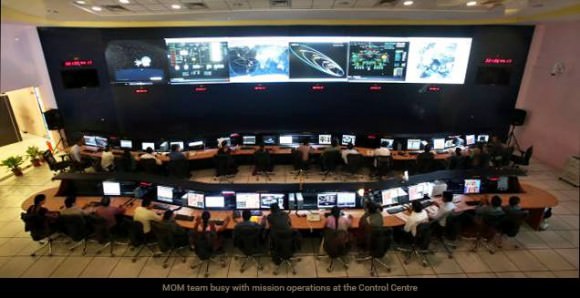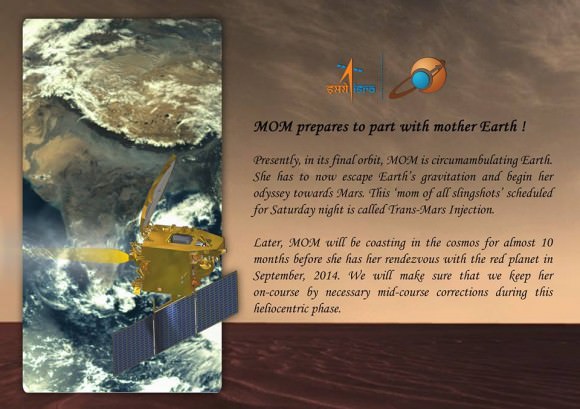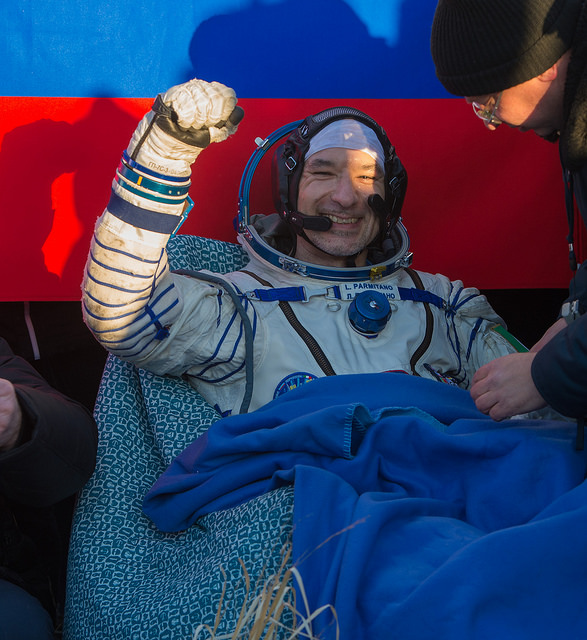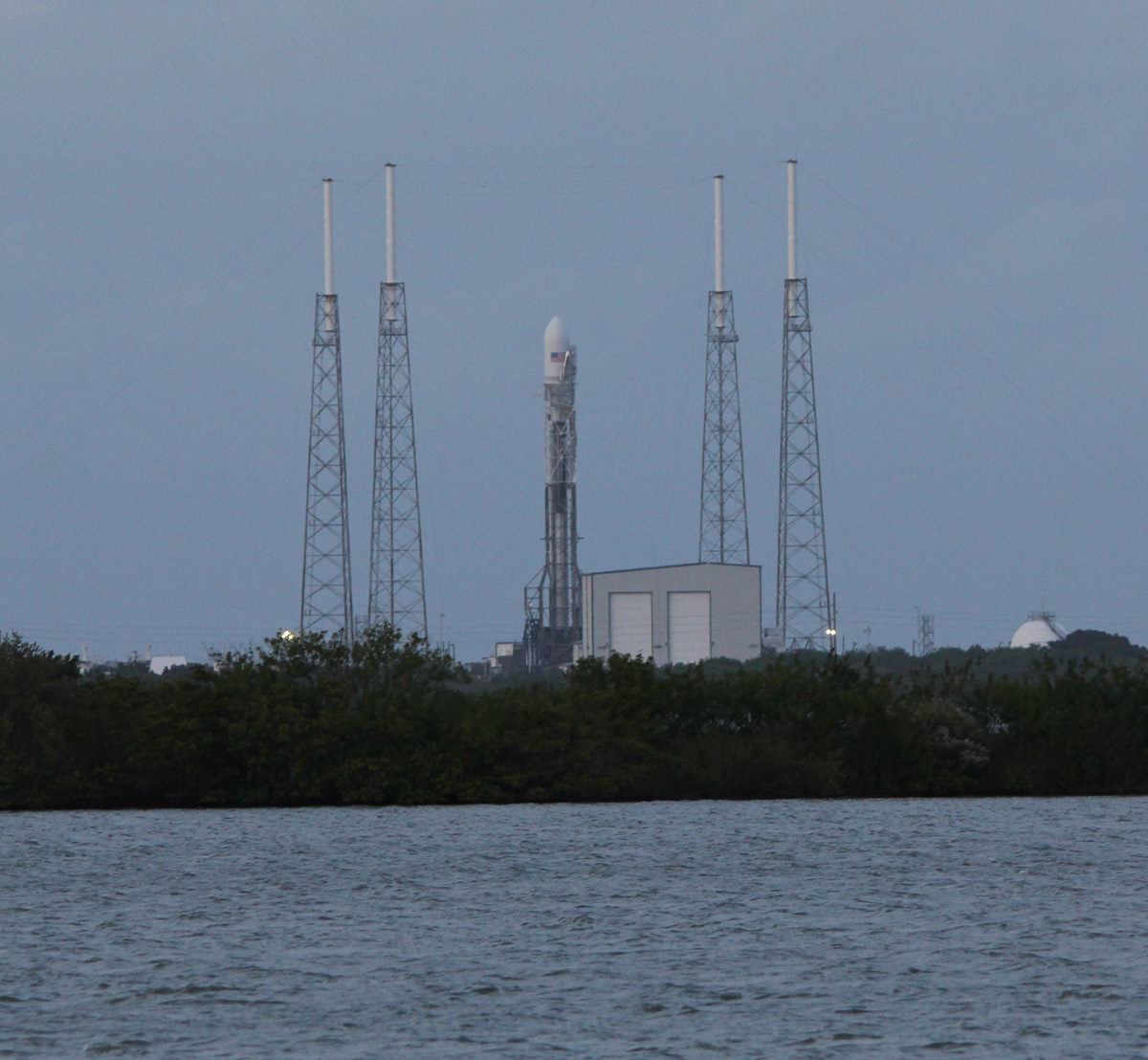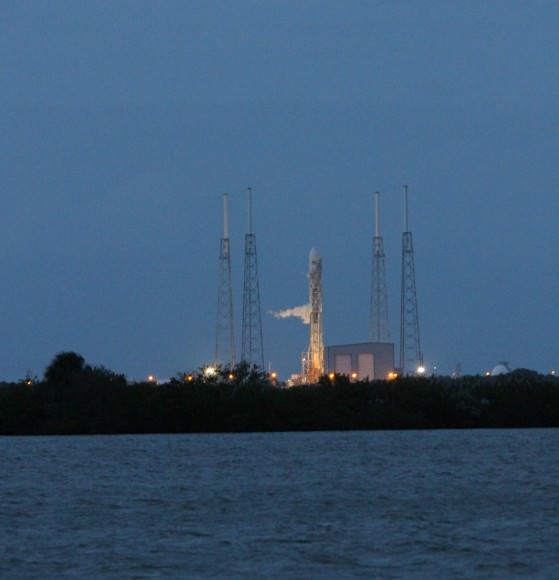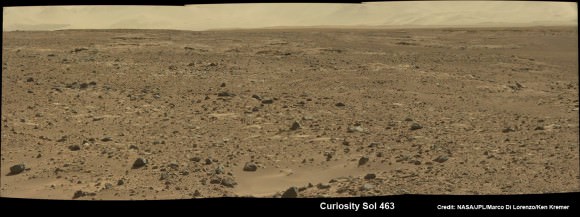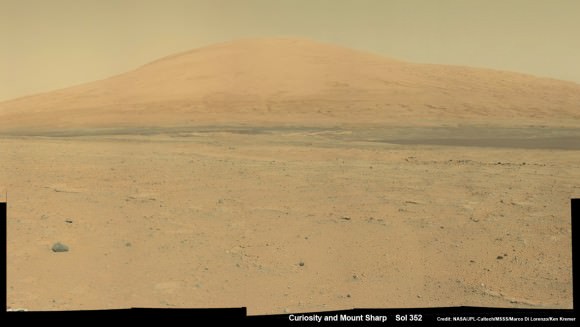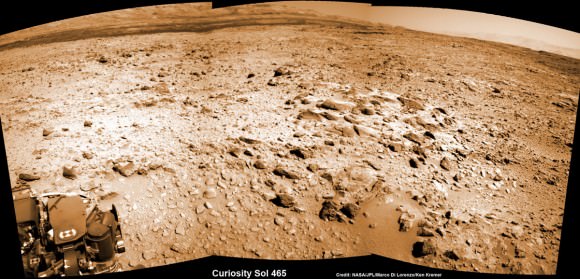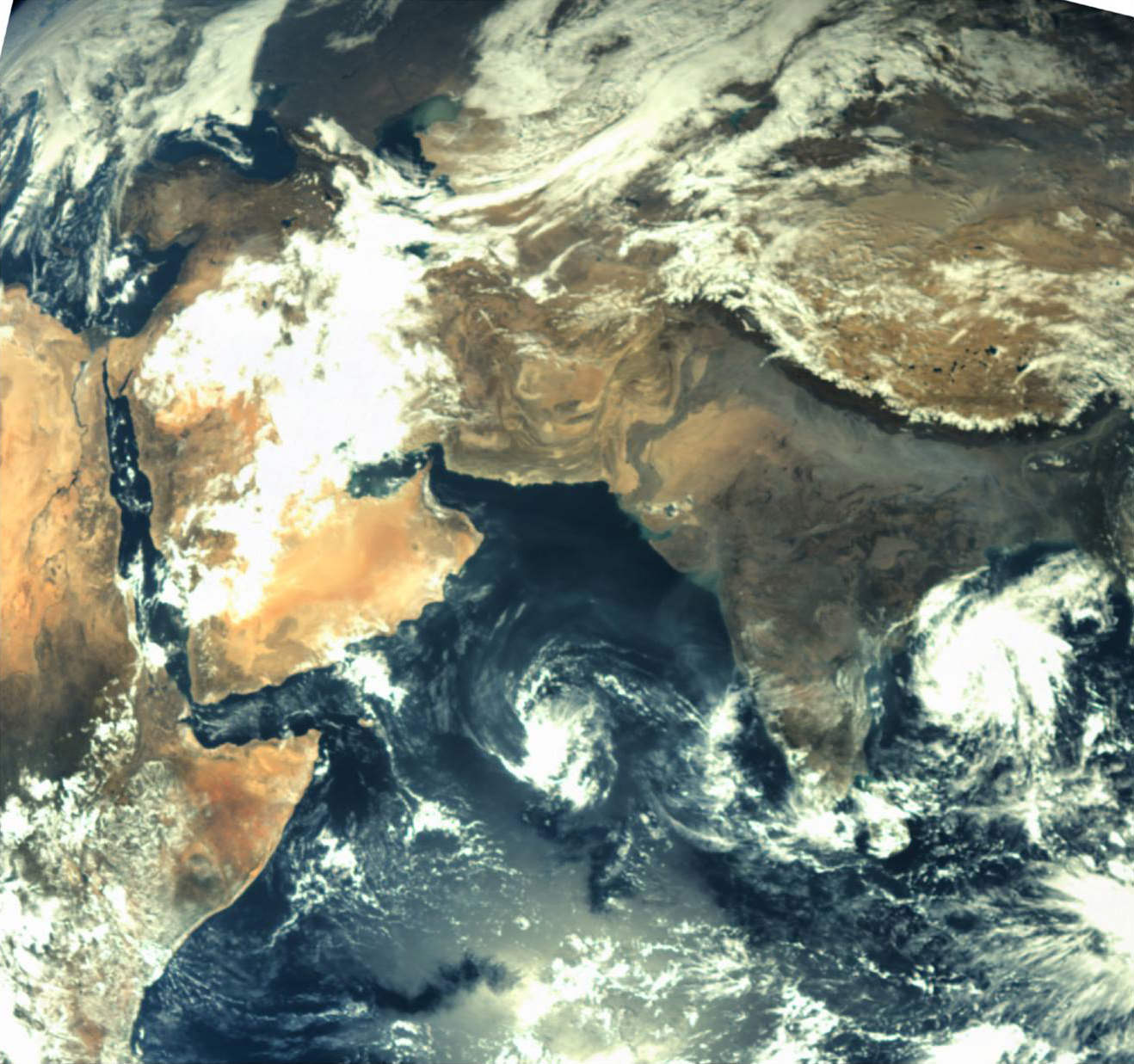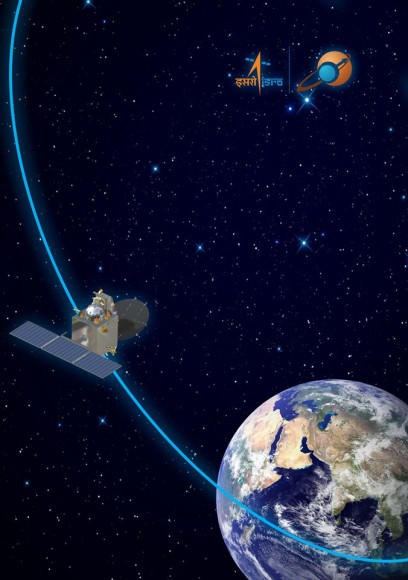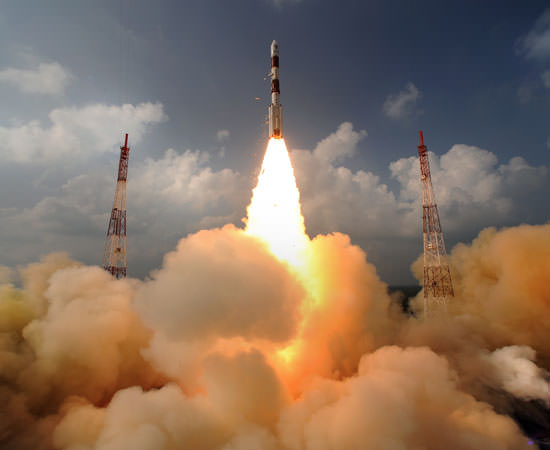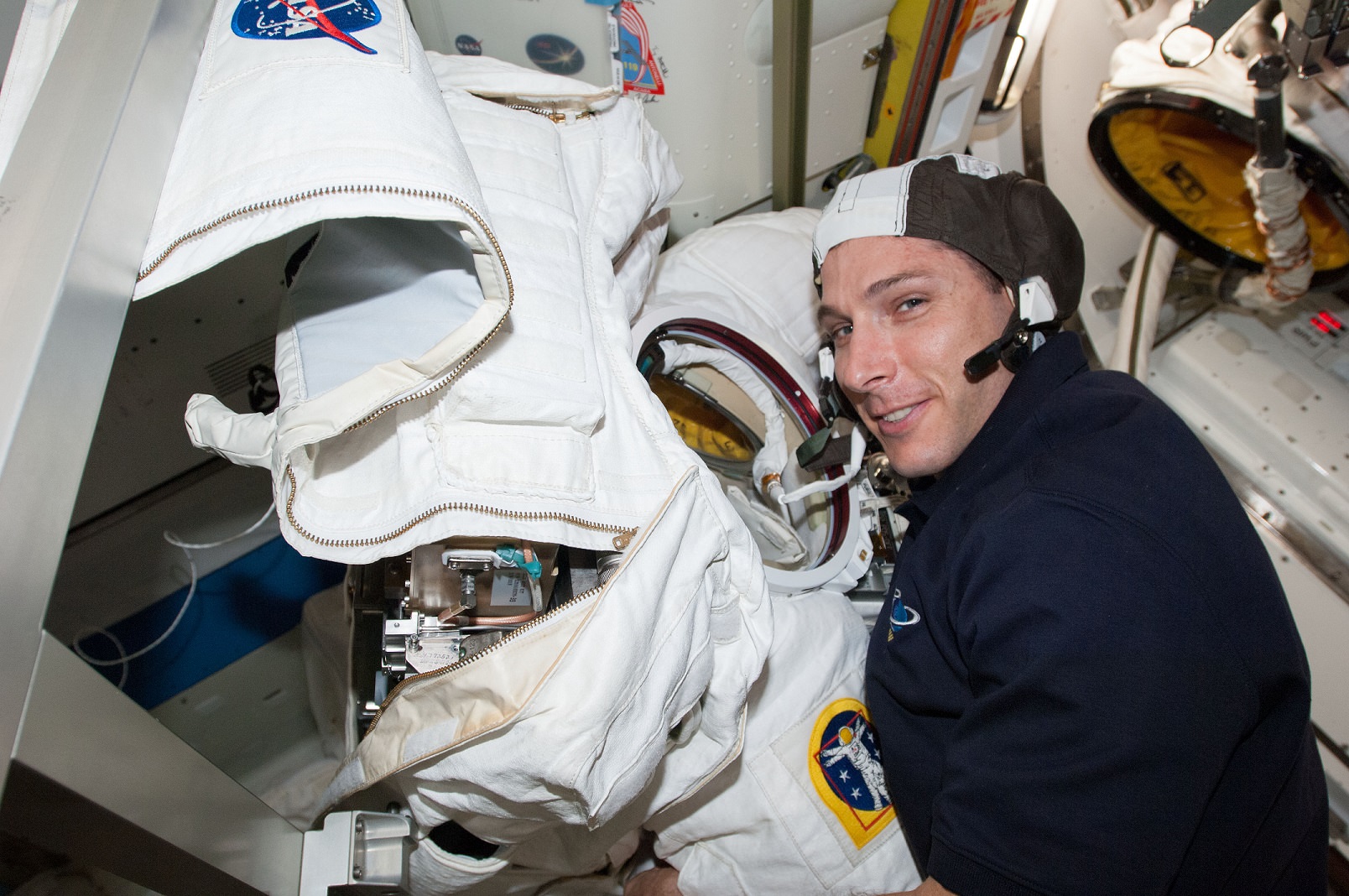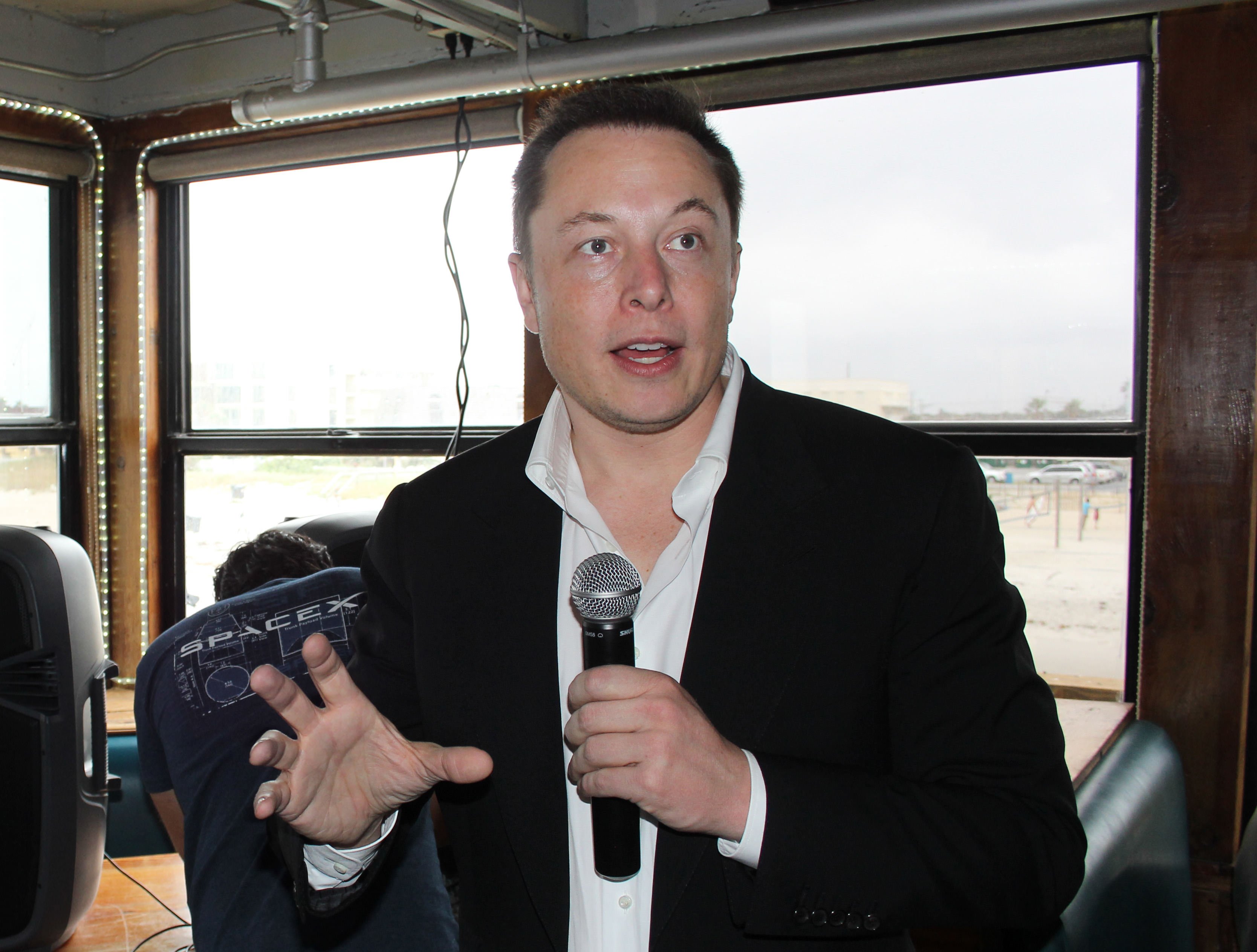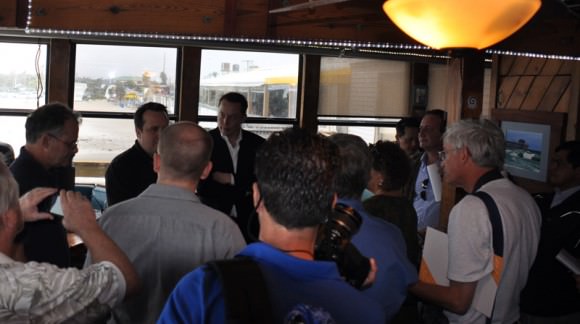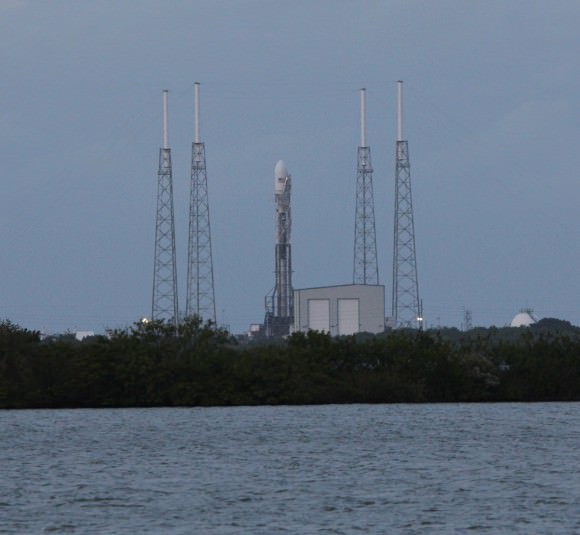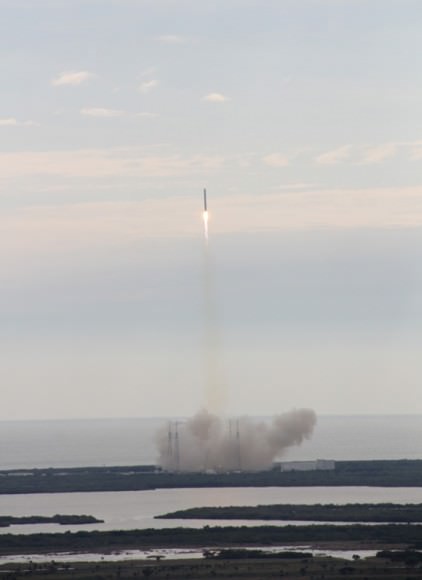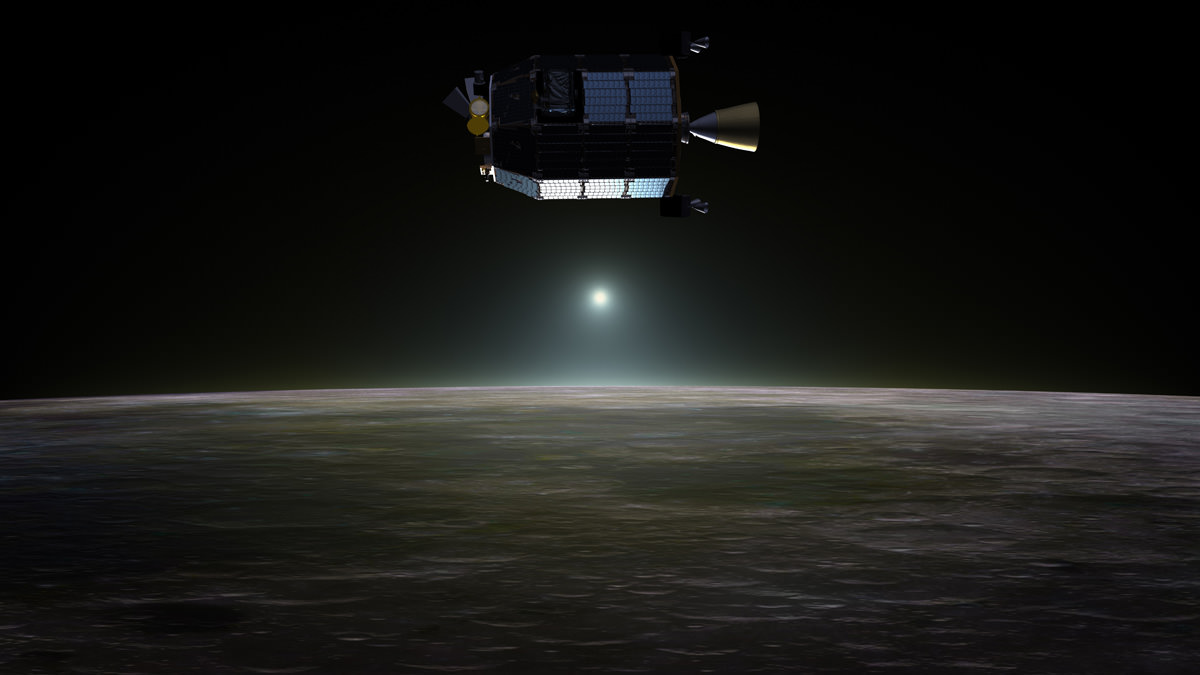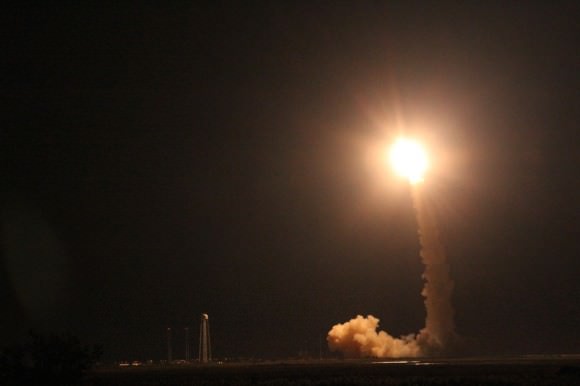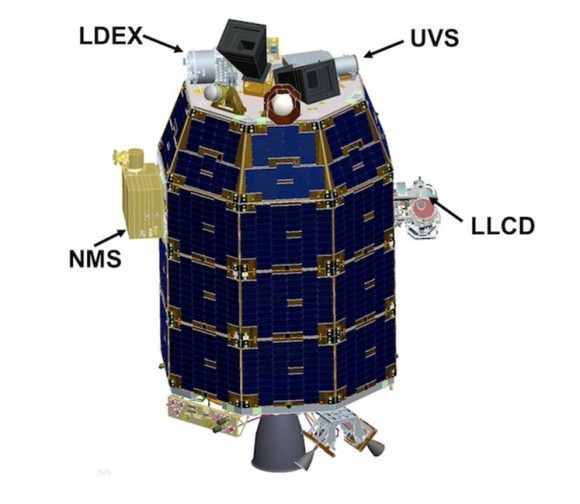Liftoff of China’s first ever lunar rover on Dec. 2 local Beijing time from the Xichang Satellite Launch Center, China. Credit: CCTV
Story updated
See stunning launch video and rover deployment animation below[/caption]
CAPE CANAVERAL, FL – China successfully launched its first ever lunar rover bound for the Moon’s surface aboard a Long March rocket today at 1:30 a.m. Beijing local time, Dec. 2, 2013 (12:30 p.m. EST, Dec. 1) from the Xichang Satellite Launch Center in southwest China.
The spectacular night time blastoff of the Long March-3B carrier rocket with the ‘Yutu’ rover was carried live on China’s state run CCTV enabling viewers worldwide to watch the dramatic proceedings as they occurred in real time – including fantastic imagery of booster jettison, spacecraft separation, thruster firings and exquisite views of Earth from cameras aboard the booster.
See the stunning launch video below.
Video caption: China’s Chang’e-3 Lunar Probe Launch on Dec 2, 2013. Credit: CCTV
The entire flight sequence proceeded flawlessly and placed the combined Chang’e 3 lunar landing vehicle and ‘Yutu’ rover on the desired earth-moon transfer orbit following spacecraft separation and unfurling of the life giving solar panels and landing legs, announced Zhang Zhenzhong, director of the Xichang center.
“The Chang’e probe is on its way to the moon, of course, is a symbol of China’s national prowess,” said Zhang Zhenzhong through a translator during the live CCTV broadcast. “Of course, it’s a symbol of China’s national power and prowess.”
The three stage 55 meter (185 foot) tall Long March-3B carrier rocket was uniquely equipped with a quartet of strap on liquid fueled boosters to provide the additional liftoff thrust required for the four day journey to Earth’s Moon.
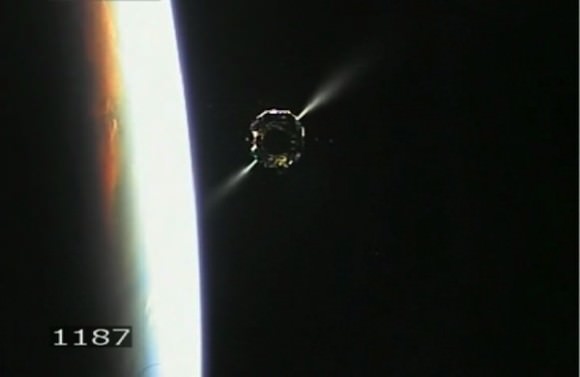
The name for the ‘Yutu’ rover – which translates as ‘Jade Rabbit’ – was chosen after a special naming contest involving a worldwide poll and voting to select the best name.
‘Yutu’ stems from a Chinese fairy tale, in which the goddess Chang’e flew off to the moon taking her little pet Jade rabbit with her.
The Chang’e 3 lander will fire thrusters to enter lunar orbit on Dec. 6.
It is due to make a powered descent to the lunar surface on Dec. 14, firing thrusters at an altitude of 15 km (9 mi) for touchdown in a preselected area called the Bay of Rainbows or Sinus Iridum region.
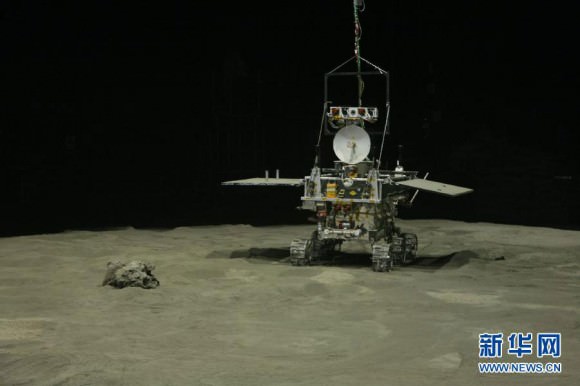
If successful, the Chang’e 3 mission will mark the first soft landing on the Moon since the Soviet Union’s unmanned Luna 24 sample return vehicle landed nearly four decades ago back in 1976.
‘Yutu’ is sitting atop the 4 legged landing probe during the launch and voyage to the Moon.
A complex maneuver will be used to deploy the six-wheeled ‘Jade Rabbit’ rover. It will be lowered in stages to the moon’s surface and then drive off a pair of landing ramps to explore the moon’s terrain.
Watch this short CCTV news report with a cool animation showing how the ‘Yutu’ rover reaches the lunar surface.
‘Jade Rabbit’ measures 150 centimeters high and weighs approximately 120 kilograms.
The rover and lander are equipped with multiple cameras, spectrometers, an optical telescope, radar and other sensors to investigate the lunar surface and composition.
One highly anticipated highlight will be when the lander and deployed Jade Rabbit rover image each other on the surface.
The rover is expected to continue operating for at least three months.
The Chang’e 3 landing mission marks the beginning of the second phase of China’s lunar robotic exploration program.
It follows a pair of highly successful lunar orbiters named Chang’e 1 and 2 which launched in 2007 and 2010.
The next step will be an unmanned lunar sample return mission, perhaps around 2020.
China’s Chang’e 3 probe joins NASA’s newly arrived LADEE lunar probe which entered lunar orbit on Oct. 6 following a spectacular night time blastoff from NASA’s Wallops Flight Facility in Virginia.
Stay tuned here for continuing SpaceX, MAVEN and MOM news and Ken’s SpaceX and MAVEN launch reports from on site at Cape Canaveral & the Kennedy Space Center press site.

